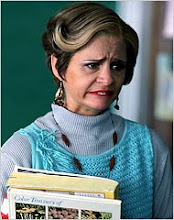
In Chapter two of “Gender on Trial”, Britton outlines the history, issue, and overall politics of gender and fashion. She reports that fashion is still an issue among professionals because most of them have a sense of what to where when meeting with certain clients or going to certain meetings. One of the most commonly asked questions of a trial attorney named Randi McGinn is the question about what should be worn inside the courtroom. When women first entered the legal profession, they felt out of place among their male coworkers and in order to “blend in” they took on a more masculine look through short haircuts, minimal makeup, navy blue or gray suits, and low-heeled shoes. This was an attempt to make women attorneys as unnoticed as possible and was even called the “power look” to some, according to English. This approach, however, did not keep women and fashion from critics. If a woman did accept certain fashion types, such as revealing the shape of her body, she was seen as nonserious but if she kept her breasts, hips, and legs hidden, she was accused of not being feminine enough. When the late 1980s and 1990s emerged, women started to be more comfortable in expressing themselves through their fashion and wore bright suits, silk dresses, softer hairstyles, and distinctive jewelry and accessories. (English p. 21). This came about as women wanted to increase their self-confidence because they were uncomfortable dressing like men. More and more women wore what made them comfortable when they noticed that other women in the field were “coming out”. How a woman presents herself through her fashion may have a strong, negative impact on her position in the firm, sometimes even being denied partnerships for not having the “right” appearance. Women can use their fashion to their advantage, by showing that they are strong, intelligent, confident, and respectable people no matter how they choose to dress. With advancements like casual dress and the increase in women attorneys, the stereotypes against women have eroded. However, they do still exist and women still are judged more often for their fashion over men.

No comments:
Post a Comment